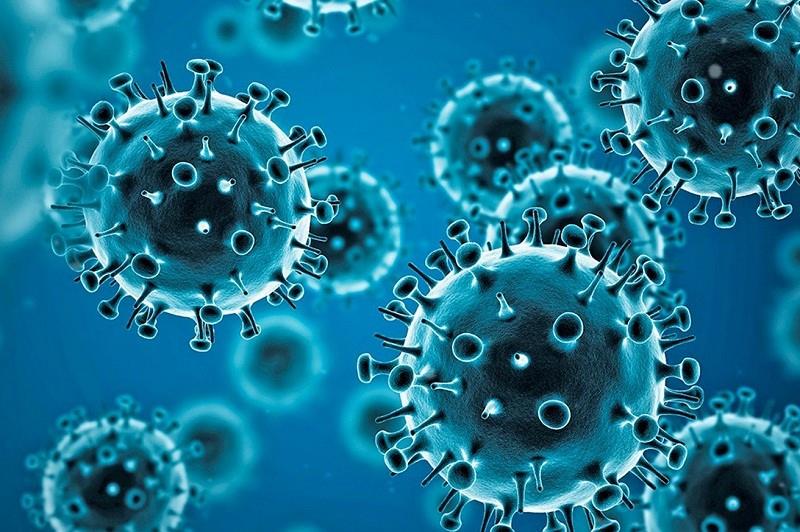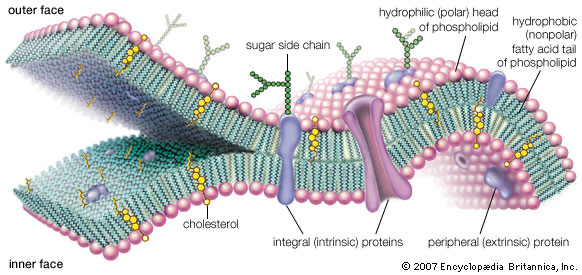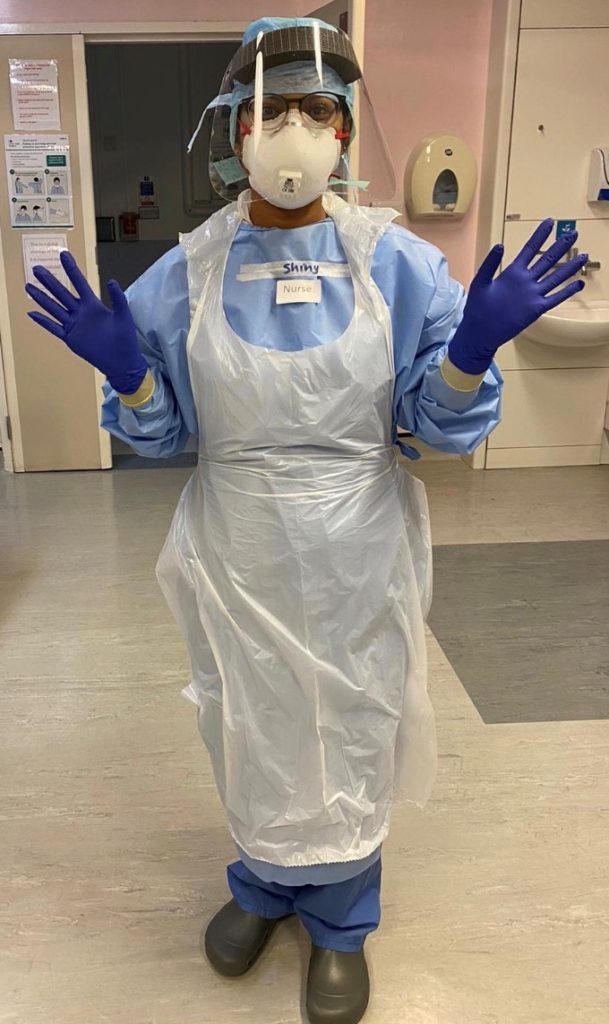How Prepared Are You as We Approach winter

Why are double vaccinated people still catching C19 and some even dying from it? Why is there a fourth wave of the disease spreading across Europe, especially Austria and Germany, leading to Austria being the first country in Europe to announce a national lockdown? What is the relevance of the booster jab, and would it reduce the risk of catching the virus? What home remedies can one prepare if they show symptoms of the infection? What over-the-counter medications can one use to reduce the severity of the symptoms? What near-body testing devices can one use to monitor the progression of the disease and when to seek immediate medical help? We shall attempt to answer all these questions.
As we approach the cold season in most parts of the World, we shall attempt to explore what we know so far about how this virus causes mortality and leave others with symptoms long after they have recovered from the infection, a condition termed “Long COVID”.
Before I begin exploring some of the numerous questions about the virus and the disease, I would like to point out that the virus is still under study by scientist across the World. We are learning new things everyday about this novel virus. Therefore, any information presented today is subject to change depending on new data. SARS-CoV-2 which causes the disease COVID-19 (C19) is part of a family of coronaviruses which survives mostly in the winter and therefore most dangerous during the cold season.
How people catch coronavirus?
Anything lighter than air is likely to suspend in air. So far, we know the virus is air-borne and can survive on cold surfaces longer enough for others to encounter it and become infected. It is therefore possible for someone to catch the virus from an infected person who coughed, sneezed, laughed, sung or did any activities that resulted in spraying particles containing the virus into the open air for others to inhale. When we do things that violently ejects contents into the open air, these contents come package with saliva and other nose exudates in the form of a fomite. The weight of the fomite is likely to cause it to drop on the ground and on surfaces for others to pick or perish. However, some of contents, including the virus can suspend in air depending on the level of pollution in the air. So far there are three known routes through which we get infected with the virus:
- Inhalation through the nose
- Ingestion through the mouth
- Rubbing or passive contact through the eyes
How C19 kills its victims and the role of ACE receptors?
When the virus gains access to someone through the routes described above, its main aim is to survive and then make copies of itself so they can survive longer. This is not too different from how other living creatures like humans procreate to survive. The only difference is that viruses need a “host”, in this case humans (or animals) cells to survive. They need to gain access to some materials within the host’s cell to make copies of themselves. All living creatures are made up of cells. These are tiny, microscopic structures that contain several things including our DNAs. There are different types of cells within humans and other animals. Different cells function together as tissues and different tissues makes an organ like our heart, lungs, liver or pancreas.

A cell has a border around it (like countries having borders), in the form of plasma membranes and cell walls which makes it very difficult for things to go in or come out of it. Things gaining access to our cells must have some special properties (for example fatty or small) in order to gain access. Others can gain access through specialized doors known as “receptors” (like airport or seaports). One of such receptors is the “angiotensin-converting enzyme 2” (ACE2 receptor). The ACE receptor is used by several important things in our body to gain access to our cells. Some blood pressure medications such as ACE-receptor blockers are designed to effect changes in the body by blocking access to these receptors.
As we know so far, coronavirus can gain access into our cells by “pretending” to be like one of the important things in our body that uses the ACE route into our cells. There are countless numbers of these ACE receptors scattered throughout our whole body, from our lungs to our liver, kidney, brain, pancreas etc. Now we are beginning to appreciate how the coronavirus which was initially considered as only a respiratory disease (and therefore limited to the lungs) ended up affecting several organs in the body.
The journey of the virus after infection
When the virus gains access into us through the three routes above, it then makes copies of itself within our cells using our cell contents as raw materials. Our immune system may initially attempt to fight the virus in our nasal and respiratory system. This can lead to viral pneumonia, which is simply the inflammation of the linings of the lungs. When the “baby viruses” are fully matured, they will burst open the cells invaded and release their contents (including the new viruses) into the blood stream, destroying the cells and tissues. Our blood stream would then help carry the new viruses into all parts of the body, aiding the virus to invade other cells which expresses the ACE receptors on their surfaces. This is how an infection which started in the three routes described above can spread to other internal organs like the brain, pancreas or heart, leading to organ failures and death.
The Role of Inflammation in Causing Death or Long Covid
Inflammation is a natural process by which our body’s defenses attempt to fight off a perceived enemy (like the coronavirus), or injury to a tissue (like mechanical or chemical). Inflammation involves several sequential complex processes including increasing the distances between individual cells to create openings for the perceived enemy to be ejected out of our system. Inflammation has its advantages and disadvantages and sometimes the disadvantages may outweigh the advantages leading to several consequences and even mortality. In terms of C19, what we know so far is that the virus can cause our immune defenses to “overreact” by creating extensive inflammation across various areas of the body where the virus has invaded.
Inflammation causes a “bulging” of the blood vessels from debris of the inflammation, including dead cells and viruses. This bulging then blocks the smooth blood flow resulting in tiny extensive blood clots, subsequently reducing the amount of oxygenated blood and nutrients to vital organs of the body like our heart, brain, liver and many more. Our circulatory system is a complex process involving small blood vessels (capillaries) and larger blood vessels (veins and arteries). The capillaries are like tributaries of a river that feed the main vessels (arteries and veins). Any blockage (clots) to the capillaries can impede the amount of blood and oxygen reaching the larger vessels. A significant decrease in the amount of blood and oxygen reaching vital organs in a limited space of time can have dire consequences such as severe organ failures and even death.
Most COVID-19 victims die from multiple organ failures. Even some survivals of the infection who prior to the infection were non-diabetic suddenly become Type I diabetic, which basically means one of their organs, the pancreas, responsible for producing insulin has been destroyed completely by the virus and the subsequent inflammation that ensued. These people have to inject artificial insulin for the rest of their life. Others have had holes punched in their lungs, severely reducing their lung capacity to exchange oxygen and carbon dioxide, leading to shortness of breath (SOB) and persistent tiredness.
The Role of Mask in Preventing Infections of coronavirus
Much has been said about wearing or not to wear a mask in crowded or open spaces or when in closed contacts. Some claim wearing mask infringe on their civil liberties and that the evidence for wearing one are shallow. Masks prevent the wearer from infecting others through speaking, coughing or sneezing, provided they have not subsequently touched their mask (possibly with a sizeable viral load) and then touch surfaces to spread the virus. Masks also protects the wearer partially from catching someone’s coronavirus. This is mainly through the mouth and nasal route, again provided you wash your hands thoroughly or apply alcohol gel after touching your face or mask. Remember, your mask and the moisture from your breathing or speaking through the mask can act as a fertile surface for someone’s coronavirus).
What masks do not do, is to protect you from the third route of transmission and that is through the eyes. It is therefore possibly to catch coronavirus even when you wear a mask 24/7, depending on your exposure and the viral load within your exposed environment. And this is the main reason why in severe COVID-19 wards in hospitals, healthcare professionals wear a full personal protection equipment, (PPEs) including visors to shut the eye-route of possible infection.

Coronavirus, the cold and sunshine
President Trump once said in one of his news conferences at the early stages of the pandemic, that research by one of his federal authorities has shown that the virus was easily killed when exposed to sunlight, leading to one of his famous quotes “If only we could inject sunlight, then this pandemic would be over quickly”. The President was right that heat and exposure to some level of sunlight inactivates the virus, and this is possibly the main reason why the death rate in tropical Africa is far lower than in majority of the temperate regions of the World.
The virus can survive longer in air and on surfaces when the weather is cold. People also tend to shut their windows and doors in the winter, reducing air circulation and increasing the viral load. It is therefore advisable to either increase ventilation by opening windows or increase room or car temperatures to a level like the summer (provided it is not too warm for your health) to reduce the survival time of the virus within your environment. We must remember that people in hot countries like Africa and some parts of India can still catch the virus mostly through contact sharing but least likely from airborne transmission. Also, viruses like other living creatures are constantly adapting to survive in all environments including hot tropical regions. The delta variant has shown to be more infectious and survives better in hotter regions of India than the alpha and beta variants.
So far, we have looked at how coronavirus that cause COVD-19 can gain access into our body and then proceed to cause death or long-term symptoms. We have also looked at the environments that foster the growth of the virus and the role of mask in preventing infection. The next post would explore the various ways of reducing symptoms severity, why immunity depreciates with time and whether boosters are relevant. We will also consider some common home remedies and look at their efficacies and unwanted effects.

Good simplified explanation of Covid-19. The complications caused by inflammation as result of Covid-19 infection explains why the virus is so virulent.
And now we get a bit of explanation as to why the Covid-19 disease ravaged Africa and some tropical countries less than it did in temperate regions of the world such as Europe.
Thank you for taking the time to share these important pieces information. Looking forward to the next post.
I have a question though for when you get the chance:
For parents who are still undecided to vaccinate their children, do you think they have a justified concern? Does the benefits of children having Covid-19 vaccination outweigh the risk of any possible complications, bearing in mind we don’t know any possible long term side effects yet? What about those who say children are less likely to become seriously ill with the virus even if they contract it? Are children made to take the vaccine to protect adults or for their own benefit?
Thank you for taking time to read the post. You have raised very valid points of concern. I shall attempt to ask them as much as I can in my future posts.